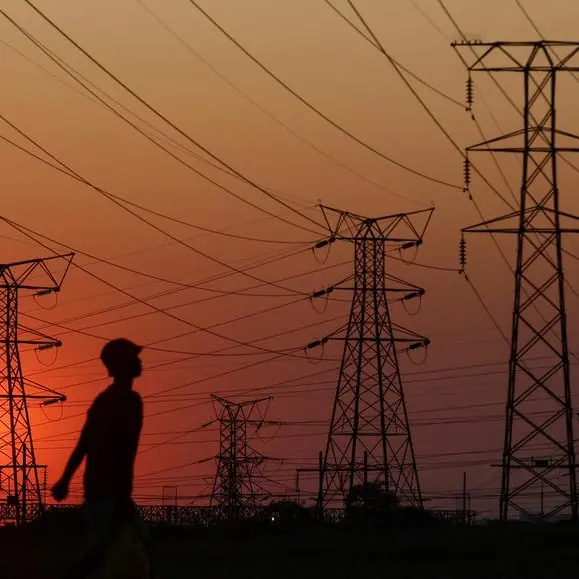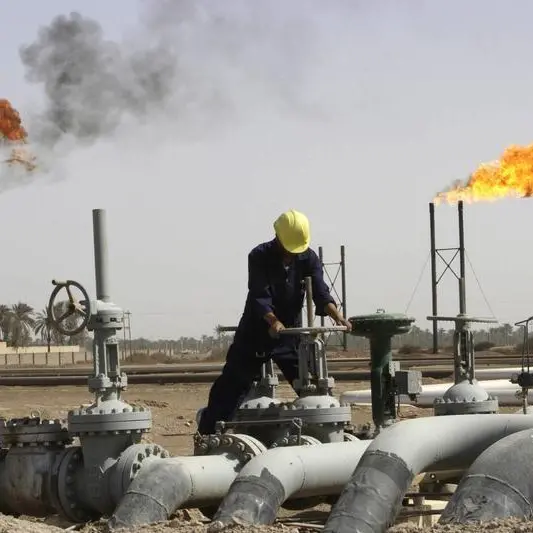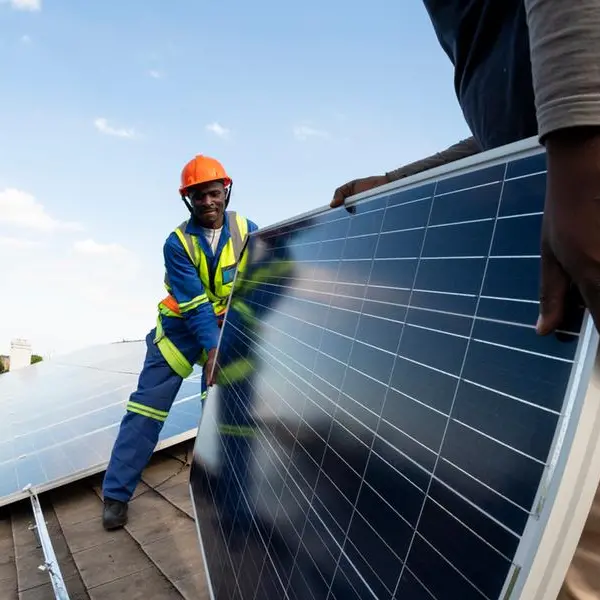PHOTO
BRUSSELS - Net greenhouse gas (GHG) emissions across the EU fell by 8.3% in 2023, according to a new report released by the European Commission.
This marks one of the largest declines in decades, with the exception of a 9.8% COVID-19-driven drop in 2020.
Among the top achievements highlighted in the report is a 24% year-over-year reduction in emissions from electricity production and heating, which the report said has been driven by “a substantial increase in renewable electricity production (primarily wind and solar) and gas replacing coal,” with renewable energy now the leading source of electricity in the EU, accounting for nearly 45% of electricity production.
In addition, electricity generated from fossil fuels decreased by nearly 20% in 2023 compared to the prior year.
The EU adopted the European climate law in 2021, setting into legislation the goal to reach climate neutrality by 2050.
In addition to the 2050 goal, the law set the binding target for a 55% GHG emissions reduction by 2030, relative to 1990, which has been followed by a broad set of “Fit-for-55” laws and regulations aimed at addressing emissions across carbon-intensive sectors of the economy.
Overall, the new report found that net GHG emissions in the EU are now 37% lower than 1990 levels, compared with 68% GDP growth over the same period, and that the EU is on track to reach its 55% 2030 goal.
Across other key sectors, the report found that emissions from power and industrial installations covered by the EU ETS fell by a record 16.5% in 2023, building sector emissions fell by 5.5%, agricultural emissions fell by 2%, transport emissions declined by less than 1%, while aviation emissions increased by 9.5%.























